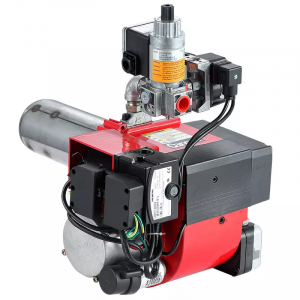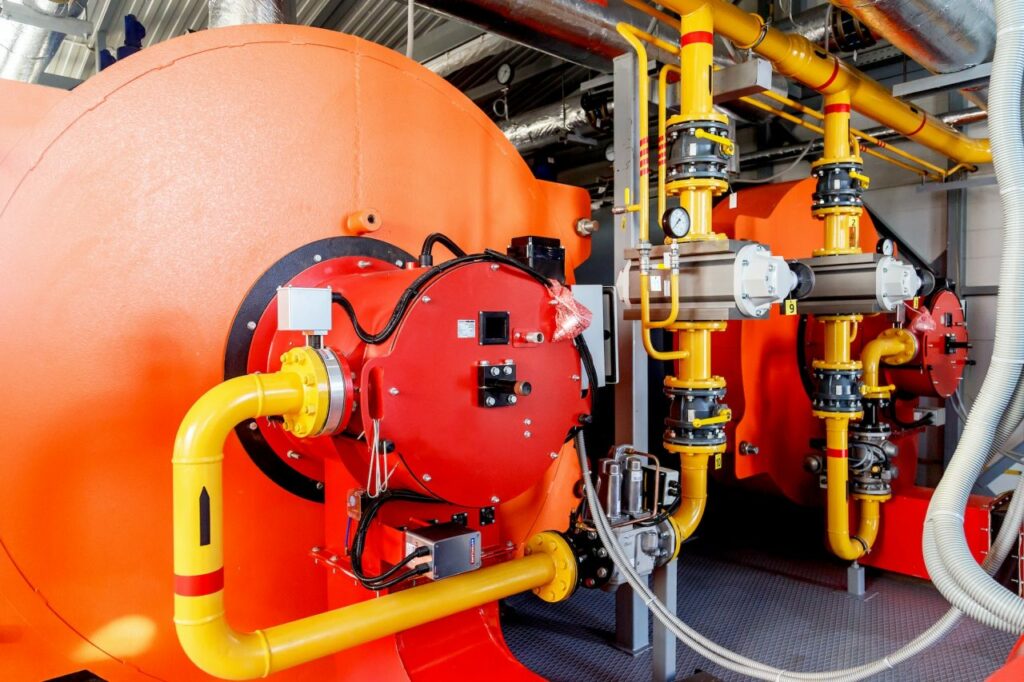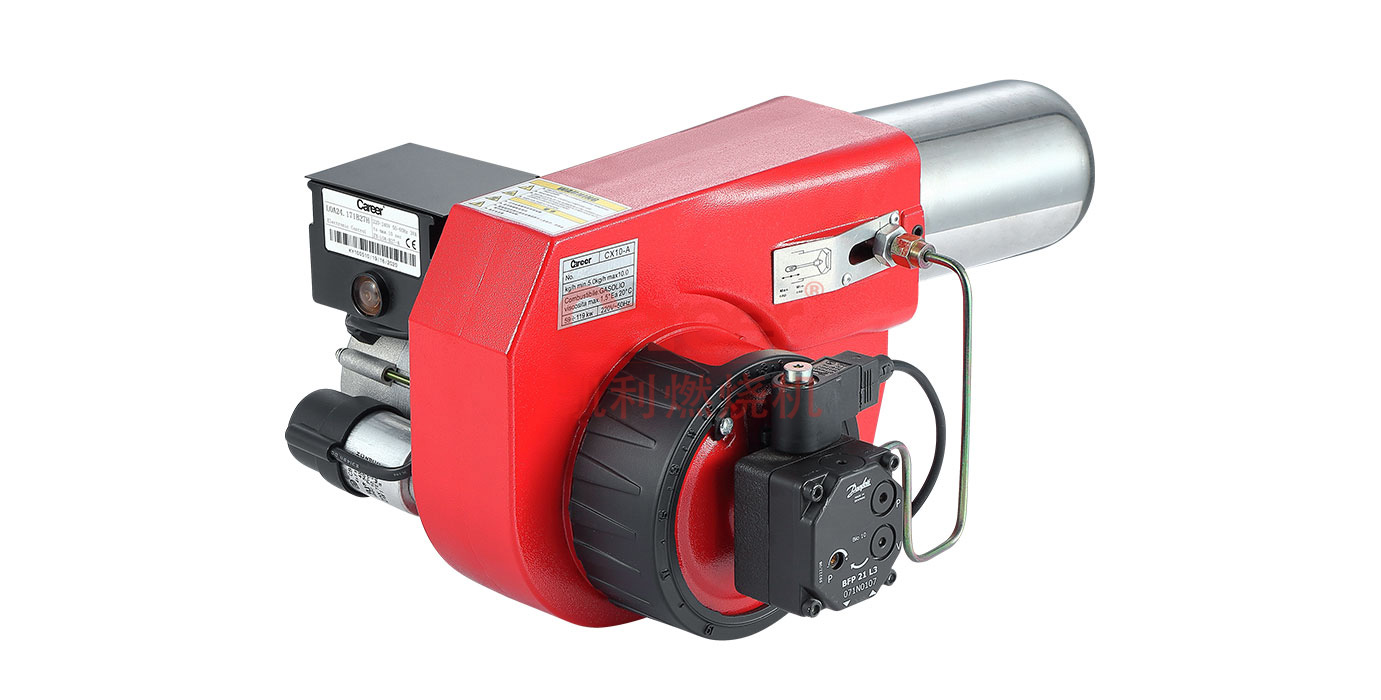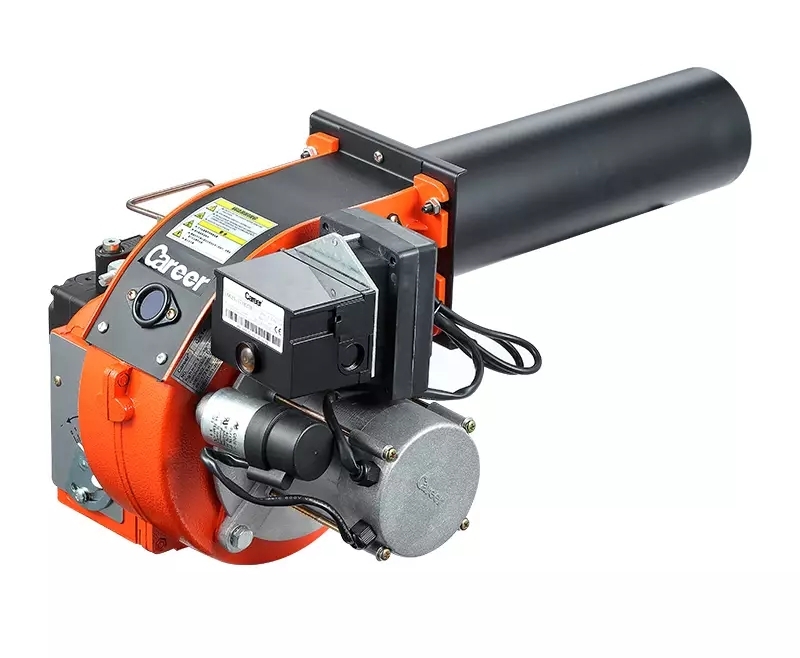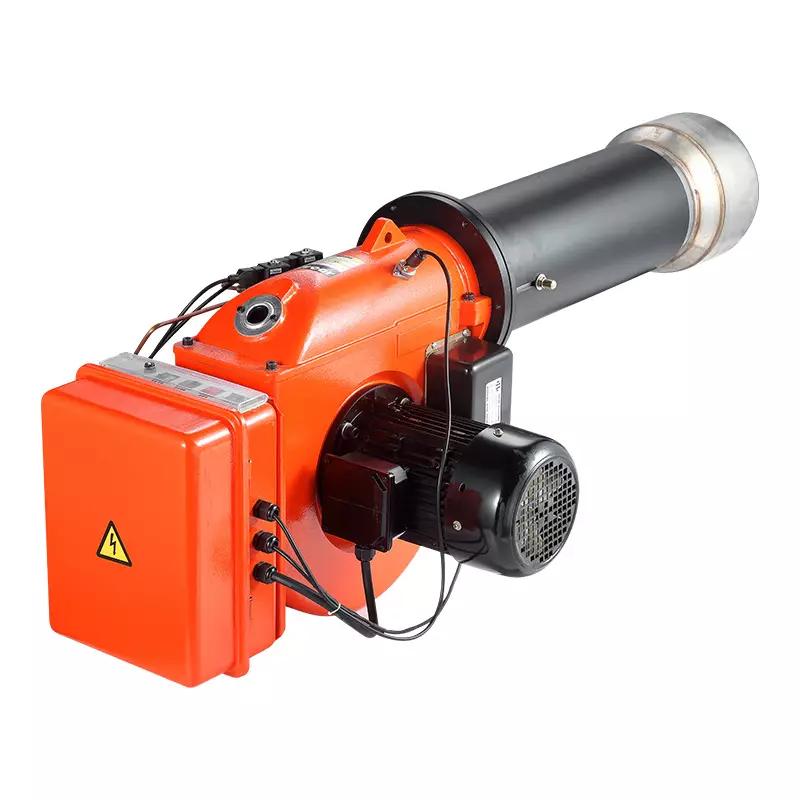In gas-fired burner systems, unpredictable flame conditions can be both annoying and potentially hazardous. Career Burner is aware of this. We have learned the common causes of these problems and how to avoid them from our experience with burners ranging in size from 50 kW to 7000 kW. Let’s look at the possible causes of flame instability or frequent flame loss and re-ignition in your gas-fired burner.
Table of Contents
ToggleCommon Causes of Flame Instability
Several factors can lead to unstable operation in gas fired burner systems. Improper gas pressure is among the most frequent culprits – whether it’s pressure that’s too high, causing flame lift-off, or too low, resulting in weak combustion. Dirty or clogged burner nozzles can disrupt the precise fuel-air mixture needed for stable flames. Our technicians often find that incorrect air-to-gas ratios, caused by damper misadjustment or faulty airflow sensors, are at the root of many flame stability problems.
Mechanical and Electrical Factors
Worn components in your gas fired burner can significantly impact performance. Defective flame sensors may fail to properly detect the flame, causing unnecessary shutdowns. Faulty ignition electrodes or poor positioning can lead to unreliable ignition sequences. We’ve also seen cases where heat exchanger restrictions or blocked flues create backpressure that interferes with proper combustion. Regular maintenance of these components is crucial for preventing unstable operation in our high-efficiency burner systems.
Environmental and Operational Considerations
External factors often contribute to flame problems in gas fired burner units. Draft issues caused by nearby fans or ventilation systems can disrupt flame patterns. Rapid load changes that outpace the burner’s modulation capabilities may cause temporary instability. Even seasonal gas composition changes can affect combustion characteristics. Our burners are designed to compensate for many of these variables, but extreme conditions can still impact performance.
Prevention and Solutions
To maintain stable operation in your gas fired burner, we recommend regular professional servicing to clean components and verify settings. Our maintenance checklist includes nozzle inspection, gas pressure verification, combustion analysis, and safety control testing. For persistent issues, our burner management systems include advanced flame monitoring and automatic adjustment features that help prevent flame loss and unnecessary re-ignition cycles.
Conclusion
Flame instability in gas fired burner systems typically stems from mechanical, electrical, or operational factors that disrupt the delicate balance of combustion. At Career Burner, we design our systems with reliability in mind, but proper installation and maintenance remain essential for trouble-free operation. If you’re experiencing frequent flame loss or unstable combustion in your 50 kW to 7000 kW burner, our technical team can help diagnose and resolve the underlying issues. Contact us for expert support in maintaining optimal burner performance and efficiency.

